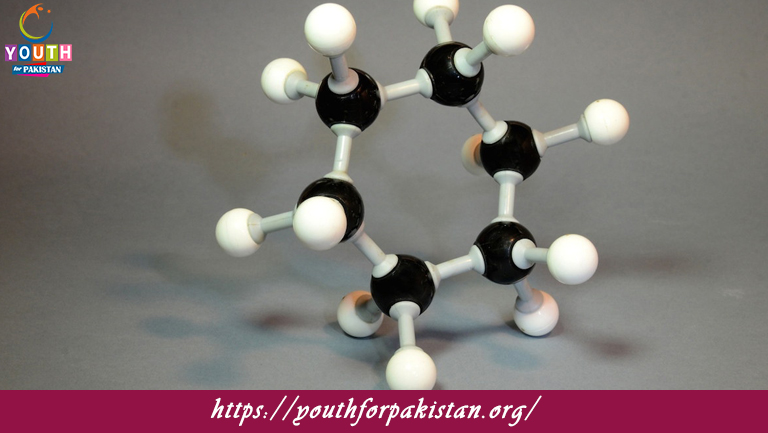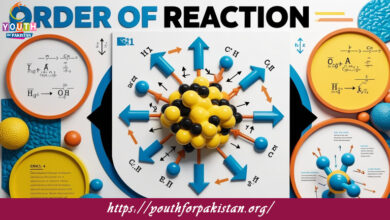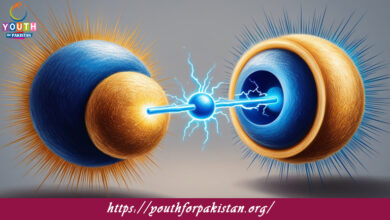Benzene Resonance Method MDCAT Quiz with Answers

Benzene Resonance Method MDCAT Quiz; One of the most vital concepts that an MDCAT student must learn is the Benzene Resonance Method. The concept of resonance is used to explain the structure of benzene, showing the delocalization of electrons over the six carbon atoms in the aromatic ring. Unlike most other compounds, where bonds are fixed, the electrons in benzene are evenly distributed throughout the ring, creating a hybrid of multiple structures. This delocalization results in the stabilization of the molecule, explaining its chemical properties—for instance, its inertness toward addition reactions. In fact, understanding resonance in benzene helps predict its reactivity in electrophilic substitution reactions, a frequent topic in the MDCAT exam.
Quiz: Test Your Understanding of Benzene Resonance
Our MDCAT Quiz on the benzene resonance method is designed to assess your knowledge of electron delocalization in the benzene ring. The quiz includes questions on resonance structures, how to draw resonance hybrids, and the role of resonance in stabilizing the molecule. By practicing this quiz, you’ll solidify your understanding of the resonance theory and its impact on benzene’s chemical behavior.
Free Flashcard: Key Insights on Benzene Resonance
Our free flashcard set on benzene resonance gives you an easily memorable overview of the resonance structures of benzene. These flashcards emphasize electron delocalization and the hybrid nature of the molecule, so you’re able to visualize the concept. They are, therefore, perfect for quick review and will help you retain critical details about resonance for the MDCAT exam.
Master the benzene resonance technique with our directed quizzes and flashcards. These components will give you a much more in-depth view of this subject and assist in performing very well in the MDCAT organic chemistry portion.

What happens when the π-electrons in benzene are involved in resonance?
The electrons are shared equally

What does the resonance model of benzene indicate about its structure?
It is a hybrid of all possible structures

How are the carbon-carbon bonds in benzene represented in resonance?
As a mixture of single and double bonds

What happens to the π-electrons during the resonance of benzene?
They delocalize over the entire ring

How does the resonance structure affect the electron distribution in benzene?
It spreads the electron density equally across the molecule

How does the delocalization of electrons in benzene affect its chemical behavior?
It reduces the molecule's reactivity

What is the significance of resonance in the chemical reactions of benzene?
It makes benzene resistant to many reactions

How are the bond energies in benzene explained by its resonance?
The energy is lower due to delocalization

What does the resonance model show about the location of electrons in benzene?
They are evenly distributed

How does the resonance structure of benzene affect its physical properties?
It contributes to its high stability

What happens when benzene undergoes reactions involving electrophiles?
The delocalized π-electrons participate

How does the resonance of benzene help explain its reactivity with halogens?
It facilitates the attack of electrophiles

What does the resonance in benzene contribute to in terms of its bonding?
It creates partially double bonds

How does the resonance structure of benzene affect its electrophilic aromatic substitution?
It makes substitution reactions more likely
Experience the real exam environment with our expertly designed collection of over 25,000 MCQs MDCAT Mock Tests.





